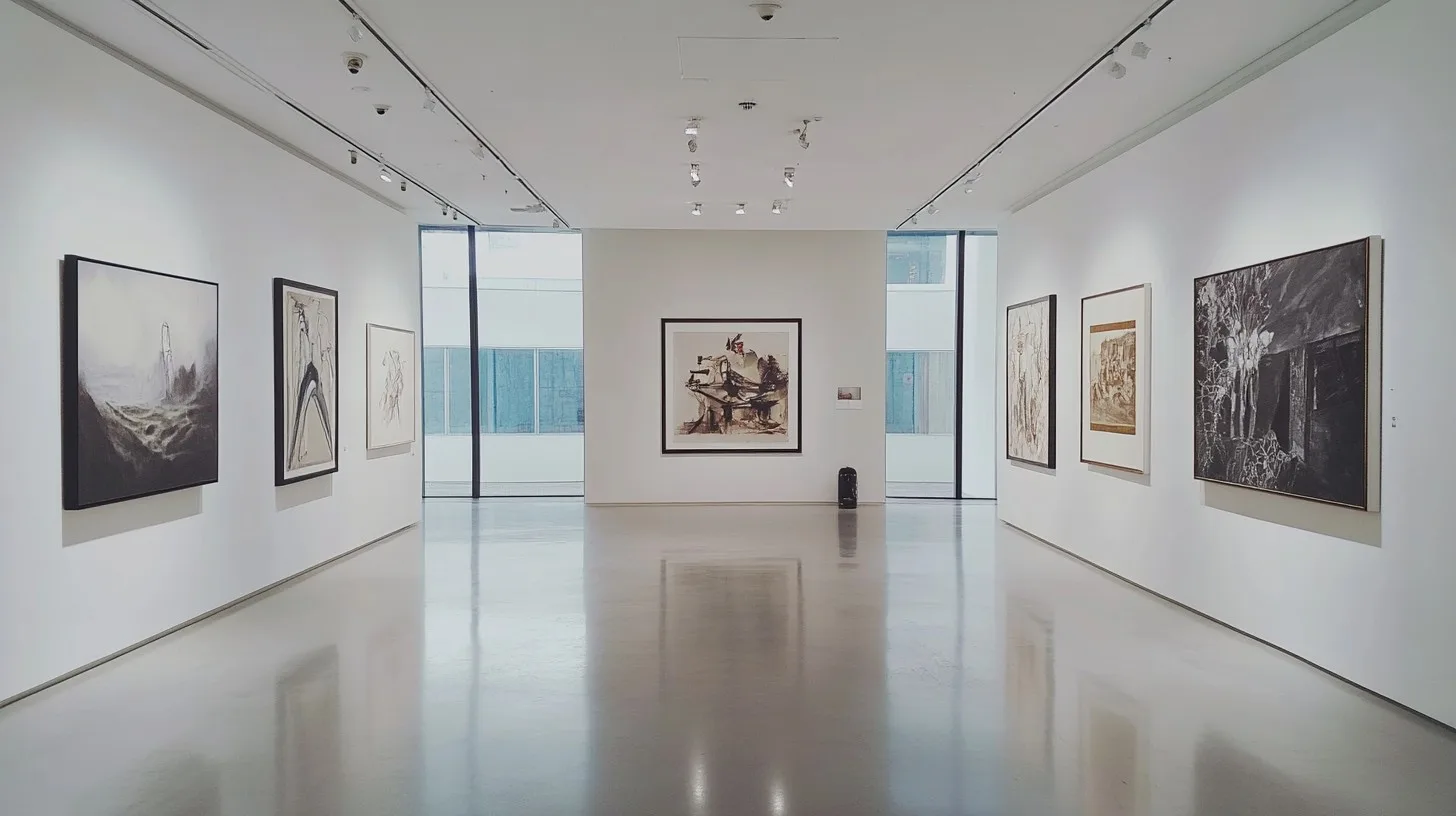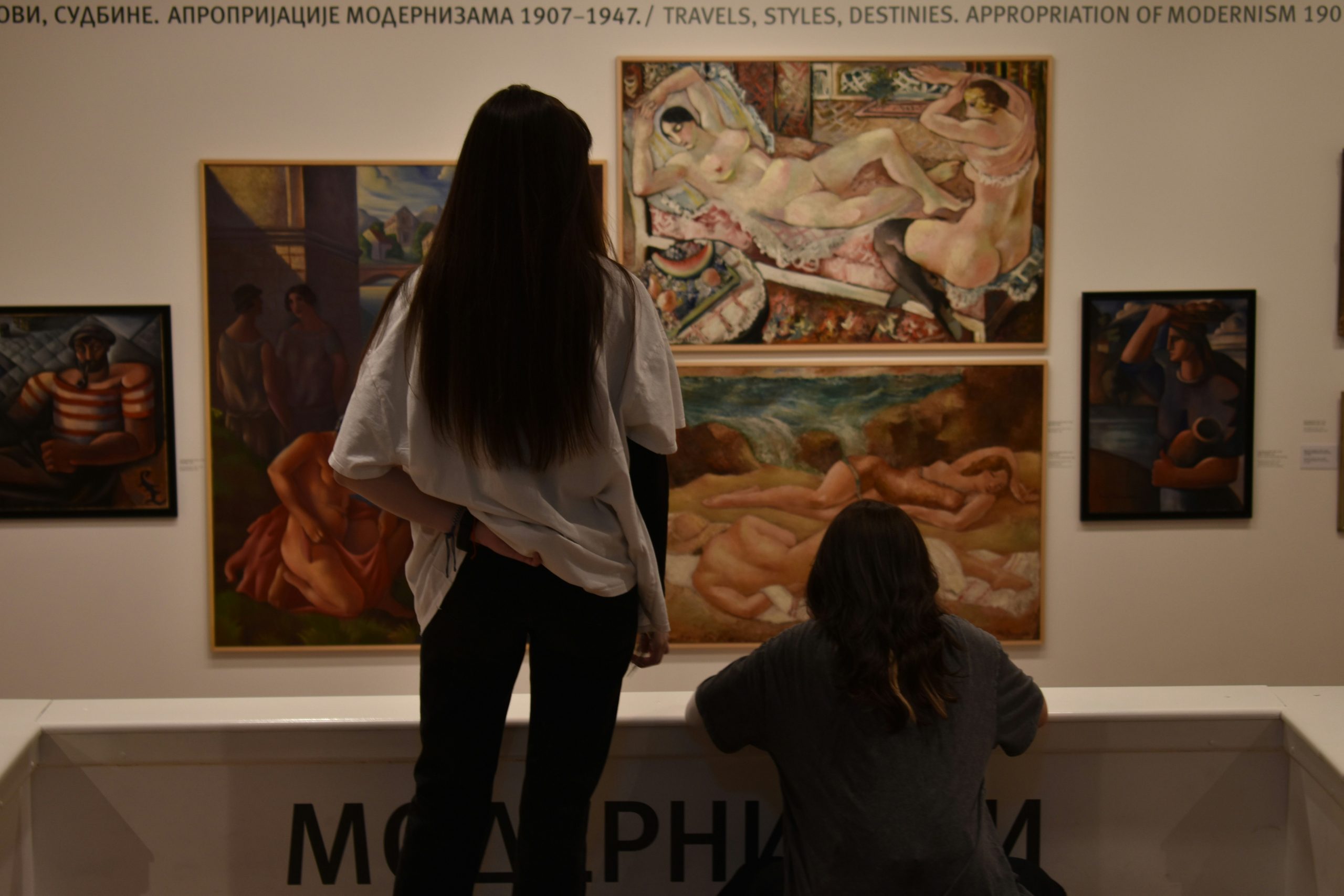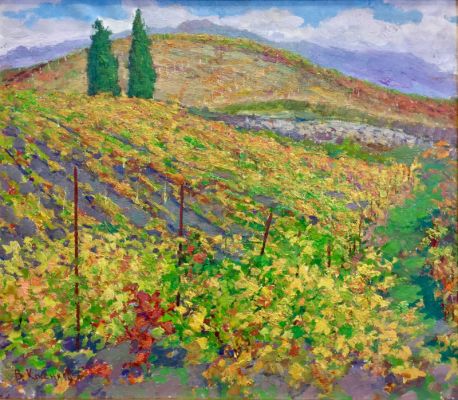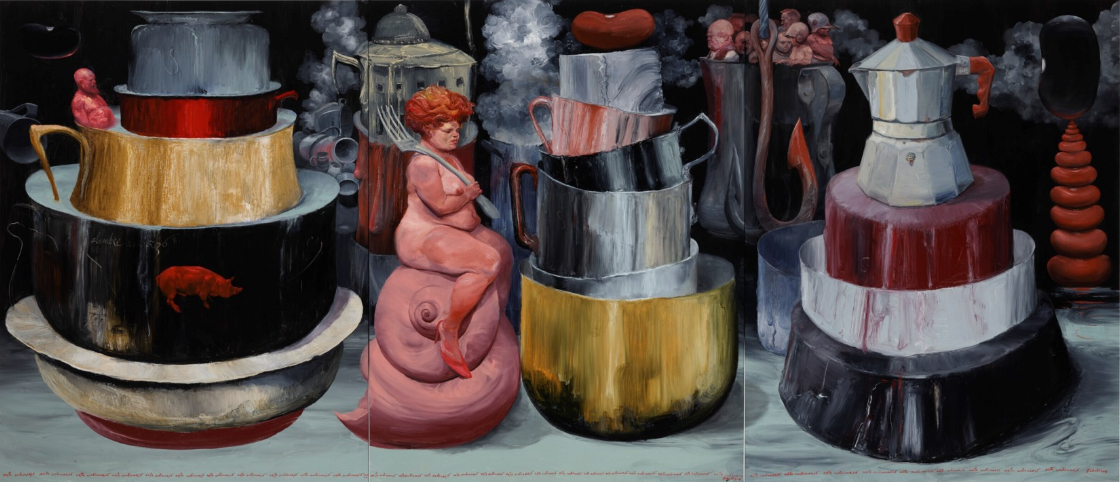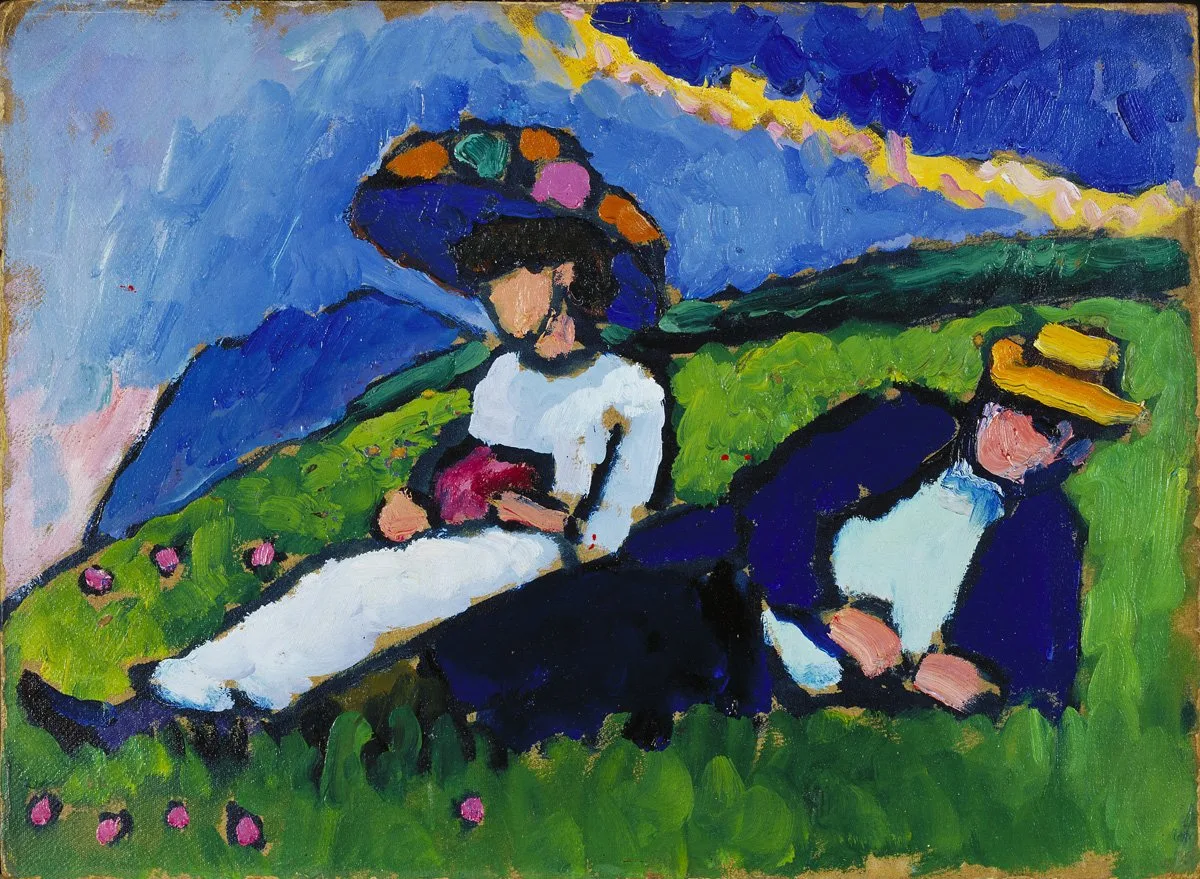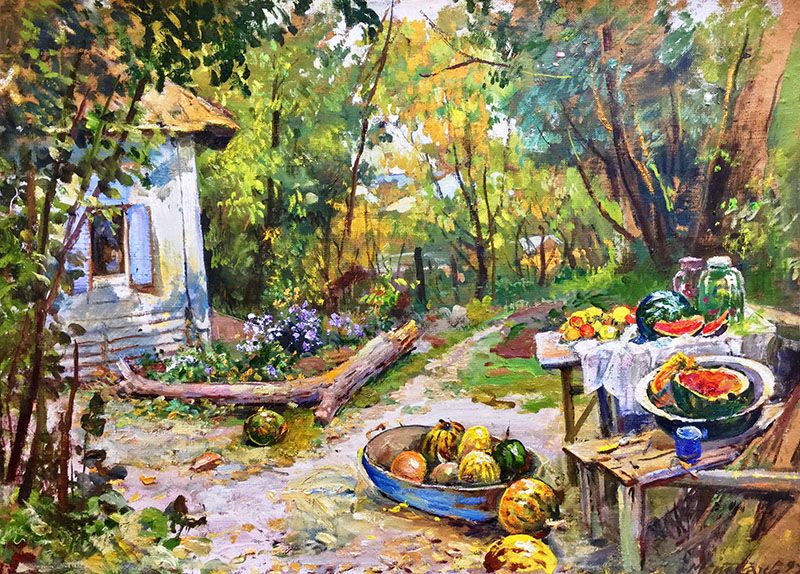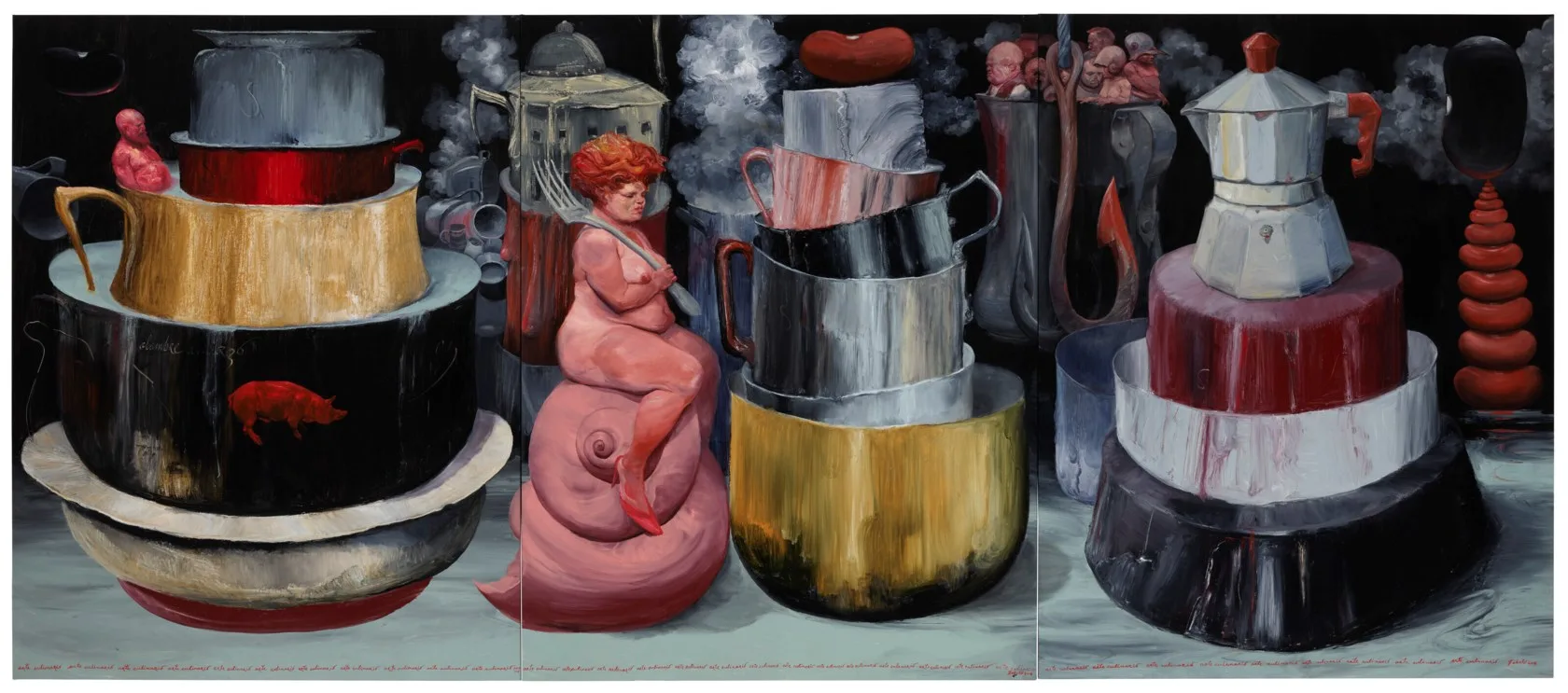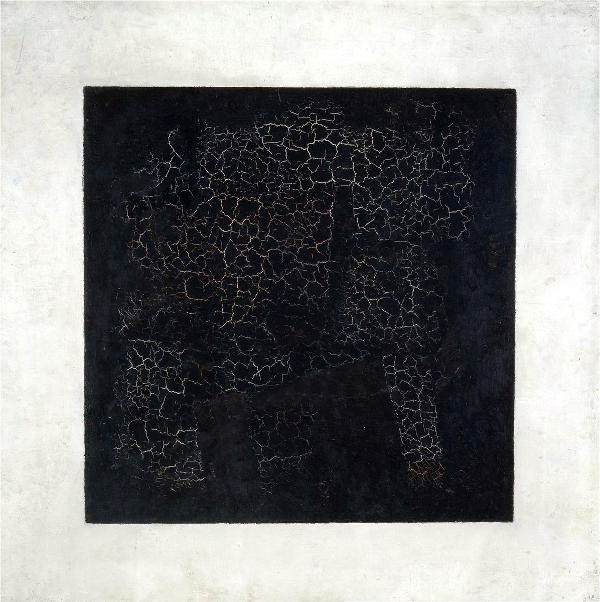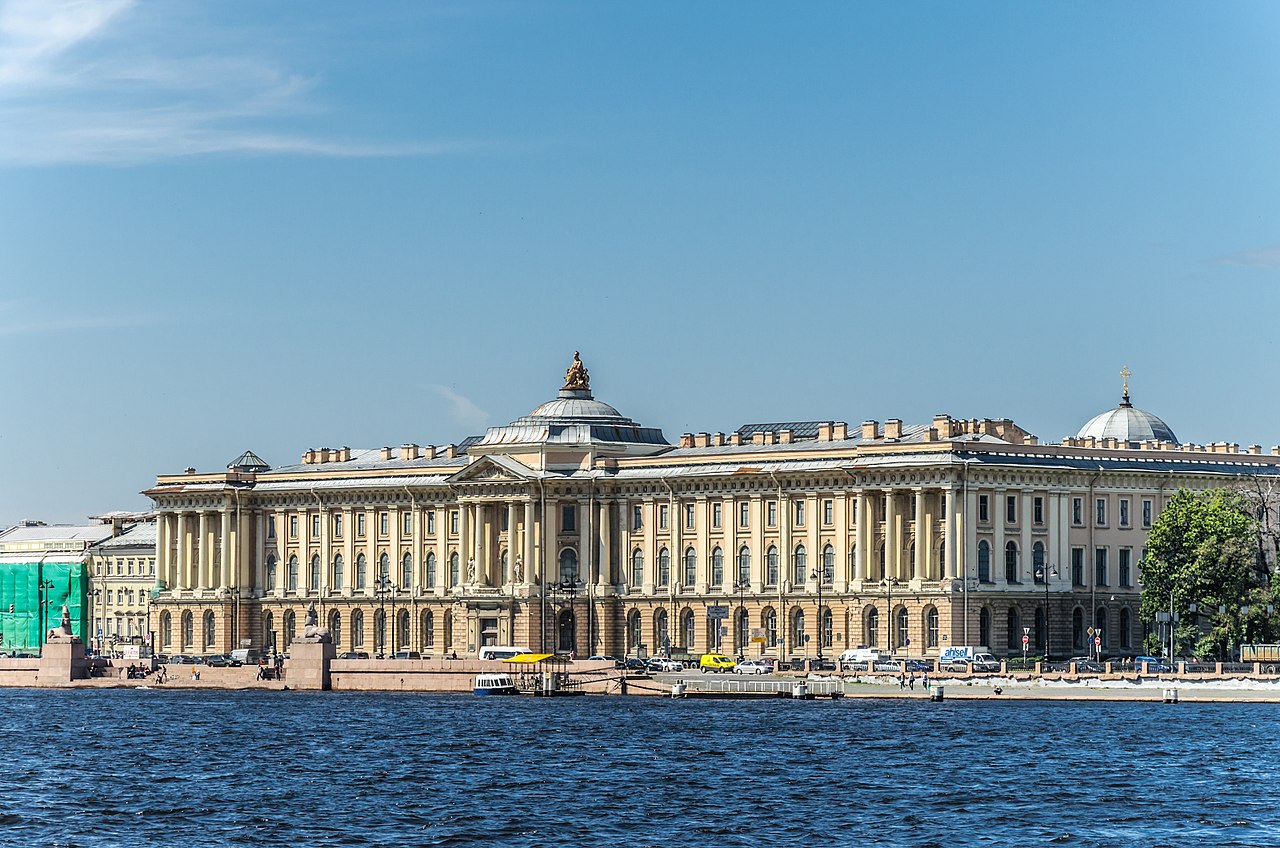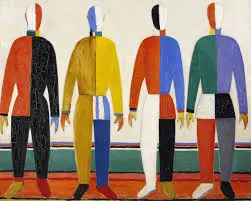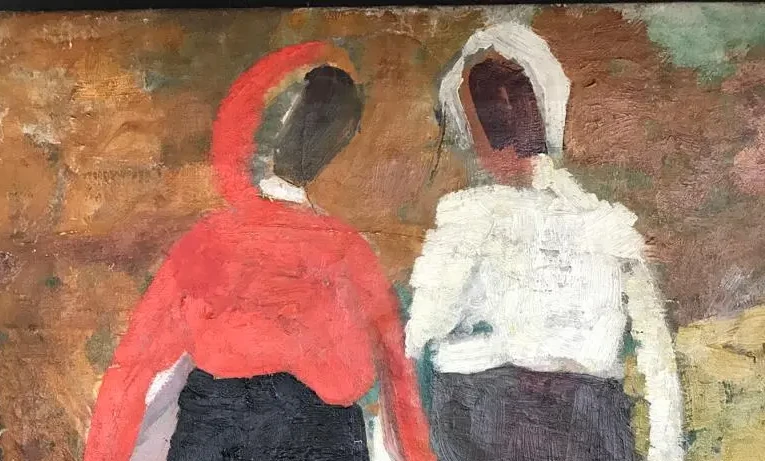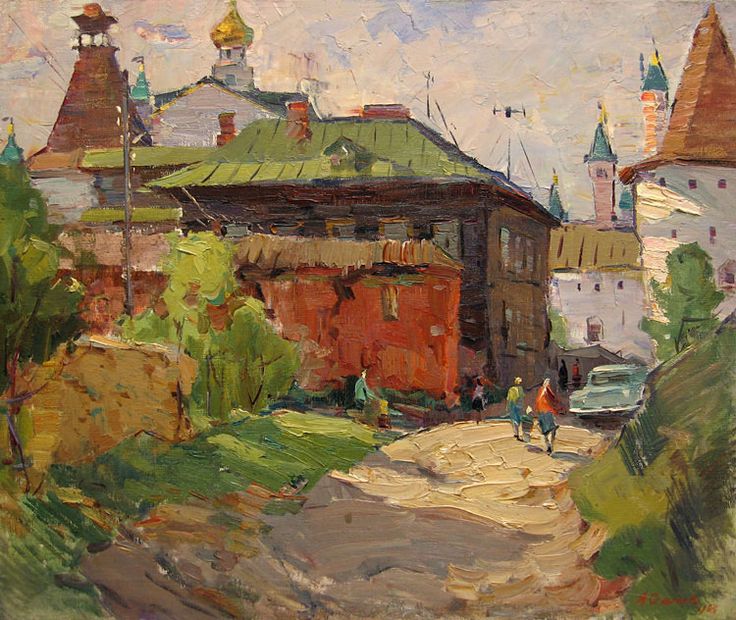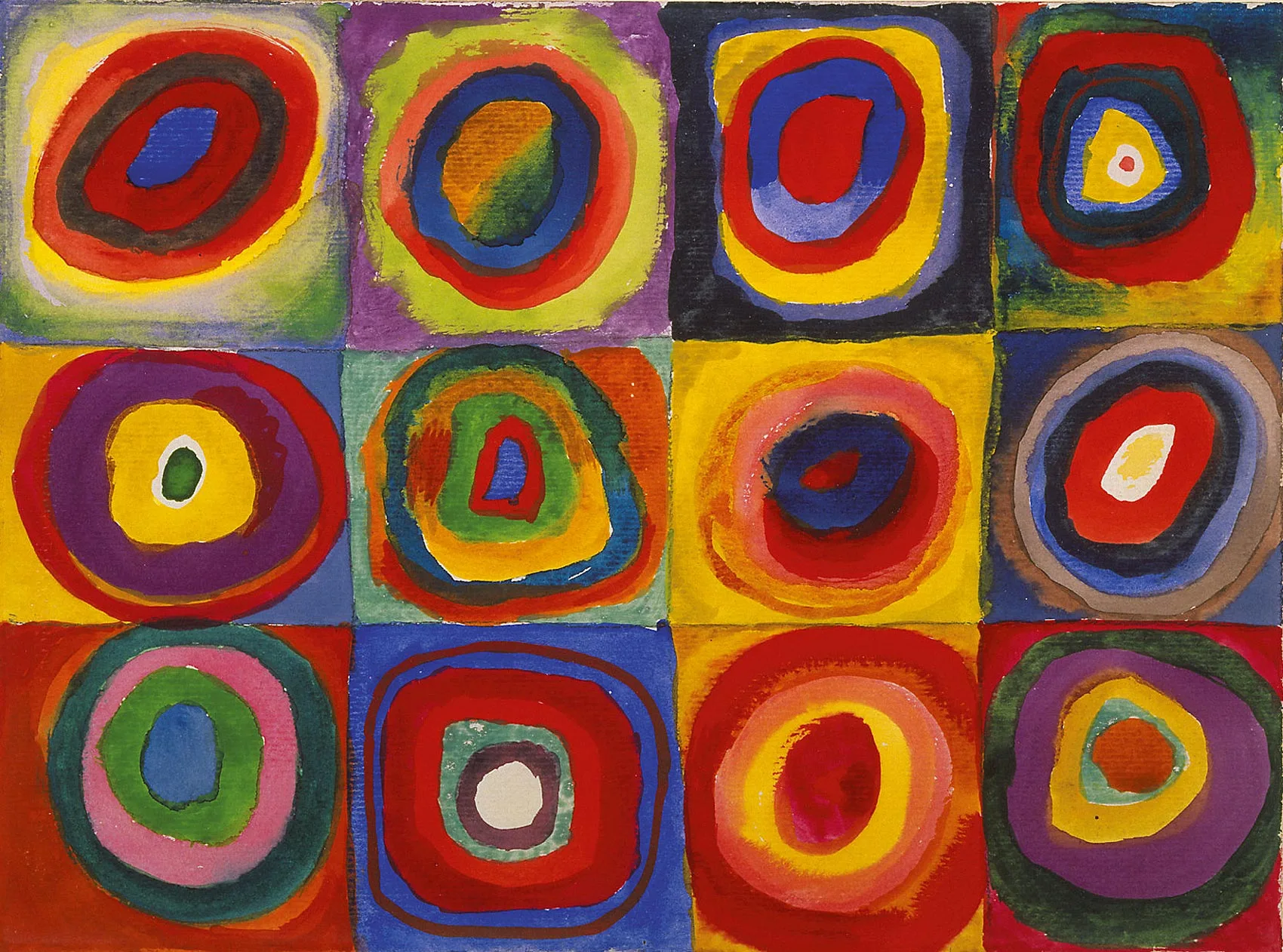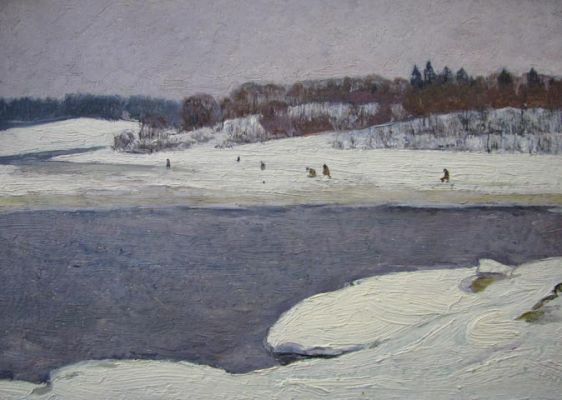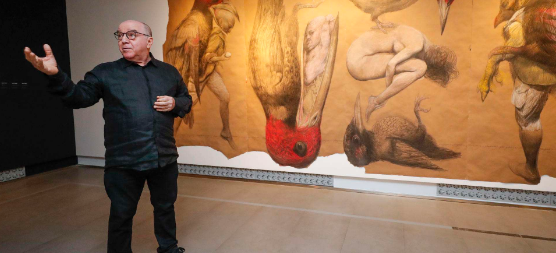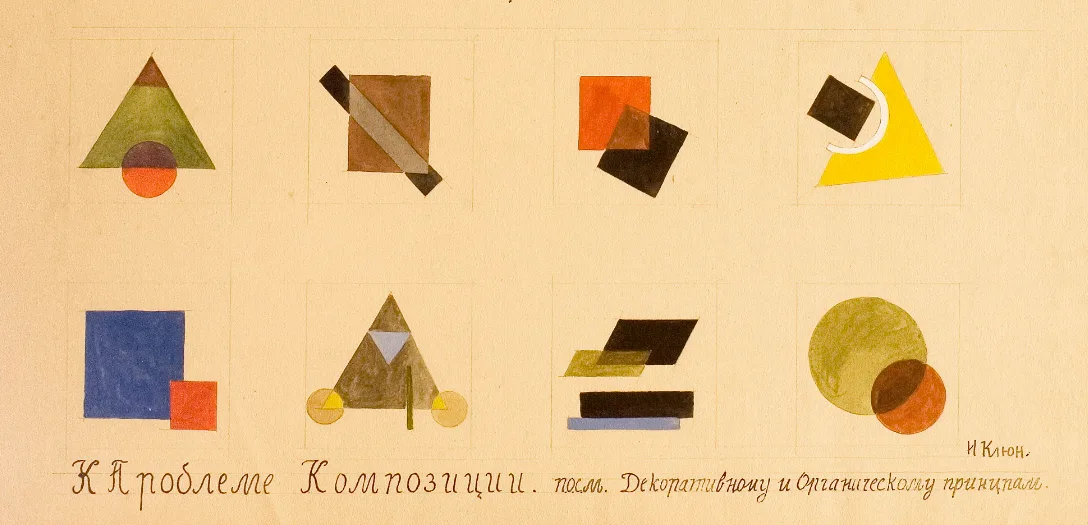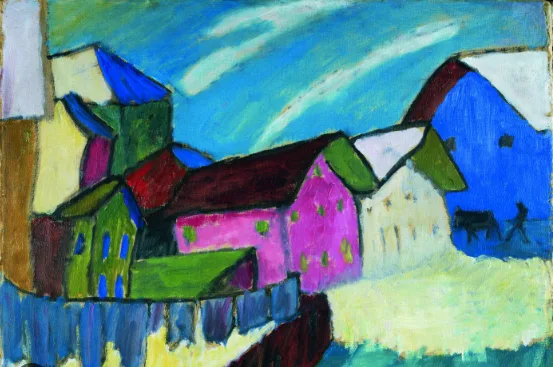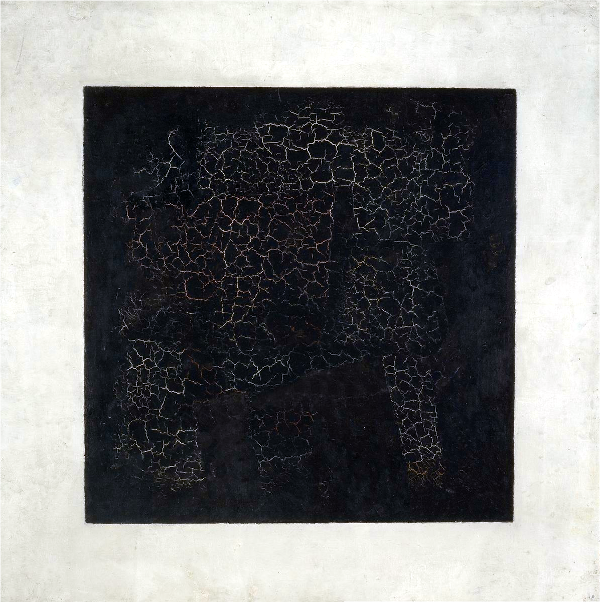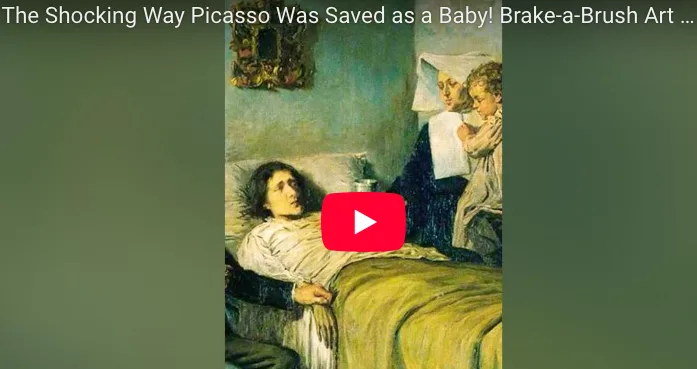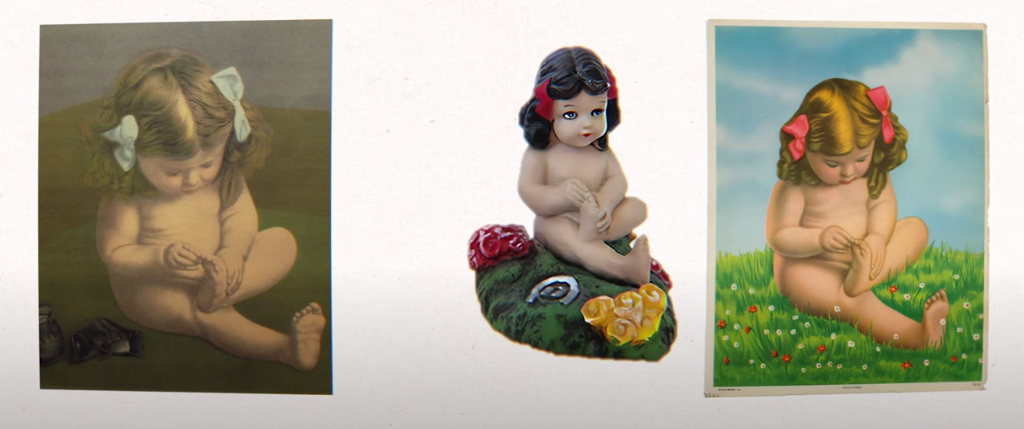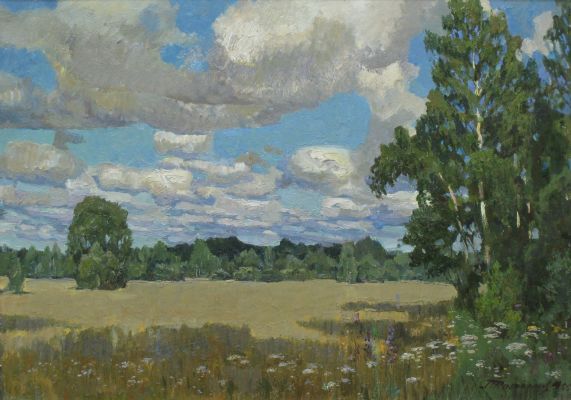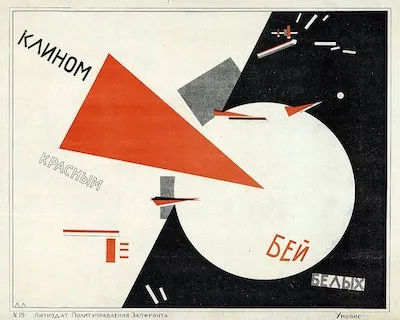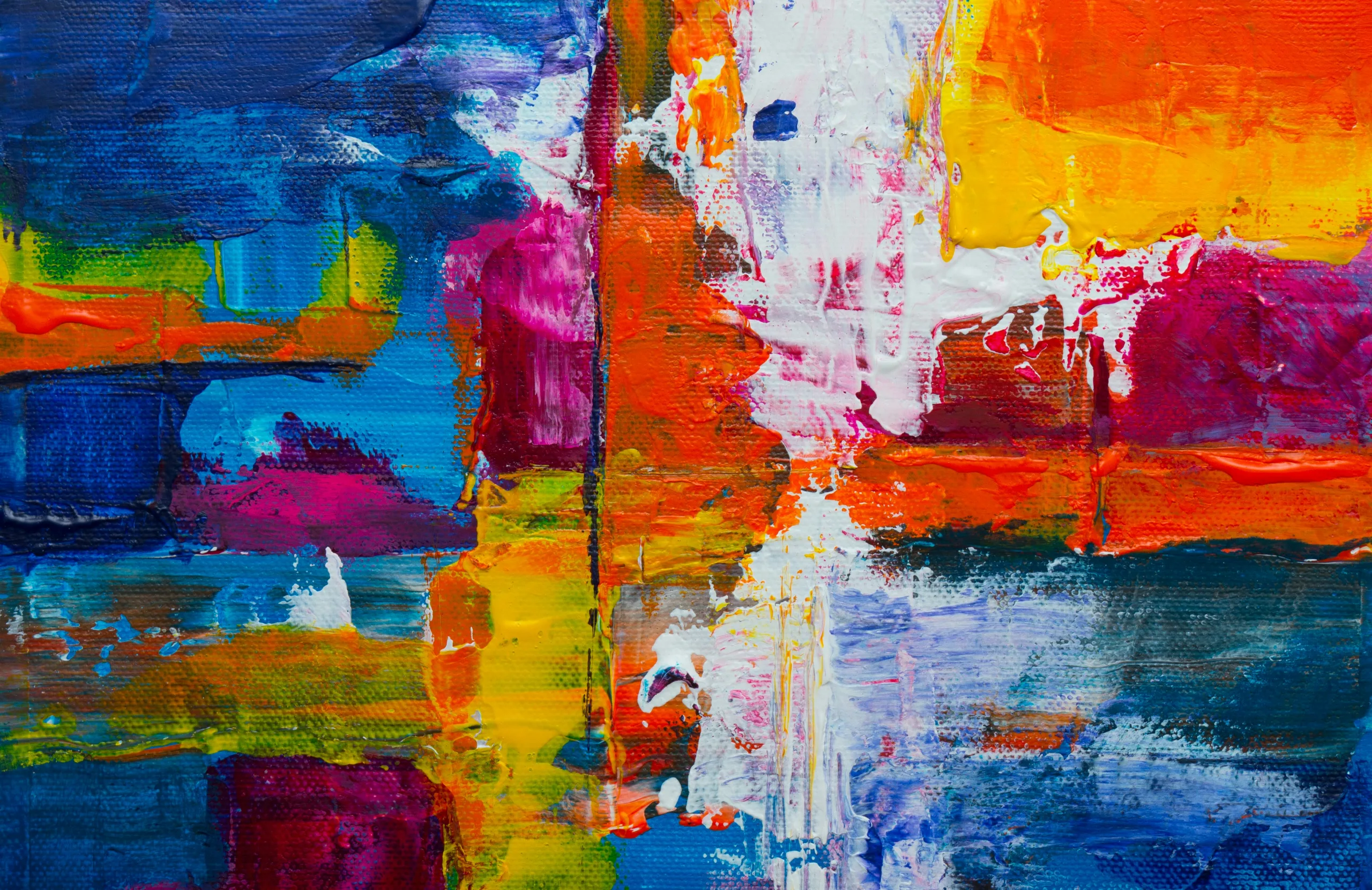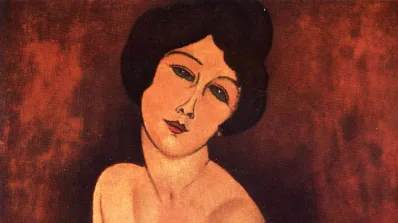How Art Dealers Shape the Art World
When we admire a painting in a museum or collection, we focus on the artist. But who helped them get there? Who believed in their work before the rest of the world did? That question sits at the heart of The Art Dealers: The Powers Behind the Scene Tell How the Art World Really Works by Laura de Coppet and Alan Jones. First published in 1984 and revised in 2002, this book lifts the curtain on the influential figures who shaped modern art. Told through first-person interviews with top New York dealers, it gives us an inside look into how art careers are built, how galleries work, and how the…
The Unsung Muse: How Gabriele Münter Paved Kandinsky’s Path to Abstraction
When we think of Wassily Kandinsky, the pioneer of abstract art, we often picture his vibrant compositions of swirling colors and geometric forms. But behind every great artistic revolution, there are often lesser-known figures whose influence is profound. For Kandinsky, one such pivotal force was Gabriele Münter, a brilliant artist in her own right, whose unique vision significantly shaped his journey toward abstraction. Münter and Kandinsky shared a passionate personal and artistic relationship, particularly during their time in Murnau, Bavaria, from 1908 to 1914. It was here, amidst the rustic charm and rich folk traditions, that Münter’s artistic inclinations truly began to leave their mark on Kandinsky. One of Münter’s…
Understanding Suprematism: Malevich’s Radical Vision
Why a Black Square Changed the Course of Art History In 1915, Kazimir Malevich exhibited a black square on a white canvas and declared: “I have transformed myself in the zero of form.” It was more than provocation — it was the birth of Suprematism, a movement that shattered centuries of representational art and set the stage for abstraction as we know it. What Is Suprematism? Suprematism is not just an aesthetic; it’s a philosophy. Malevich sought to liberate art from the burden of objects, representation, and narrative. His compositions — often made of geometric forms in pure color — were visual meditations on feeling, not function. Why It Mattered…
Roberto Fabelo – Who is he?
Roberto Fabelo, born on January 28, 1950, in Guáimaro, Cuba, discovered his love for drawing during his childhood in his hometown. He would often sketch on random pieces of paper, and his passion for drawing, which he refers to as “graphomania,” was ignited. Over time, what began as a simple pastime turned into a consuming vice, as Fabelo found solace in letting his imagination flow on paper using various artistic mediums such as pencil, charcoal, and ink. His sketches became a reflection of his creative expression and artistic talent. Who would have thought that Roberto Fabelo became a multi-talented artist who works as a painter, draftsman, and sculptor. He completed…
Wassily Kandinsky – Who was he?
Wassily Kandinsky, a trailblazer in the realm of abstract modern art, crafted paintings that intricately explored the interaction between color and form to evoke emotional responses and captivate audiences. He advocated for complete abstraction as a powerful vehicle for profound expression, steering away from direct depictions of the natural world. Kandinsky’s artistic progression unfolded through three distinct phases, moving from representational works to exuberant compositions and eventually to the creation of geometric and biomorphic flat surfaces adorned with vivid hues. Born in Moscow in 1866, Kandinsky’s formative years were enriched by exposure to diverse cultural influences, which significantly shaped his artistic perspective. His fascination with color and form was deeply…
Ivan Klyun (Kliun) – Who was he?
Imagine a bookkeeper with a secret passion – painting. That was Ivan Klyun (Ivan Vasilyevich Klyun – Klyunkov) , a talented Russian artist who wasn’t born with a silver spoon, but with a paintbrush in his soul. He honed his skills while balancing numbers, later studying with big names like Fyodor Rerberg. Klyun dabbled in different styles, from early influences like symbolism and Art Nouveau to the more geometric Cubism. But it was Suprematism, the movement that broke the mold with bold shapes and colors, that truly captured his imagination. He even joined forces with the movement’s founder, Kazimir Malevich, becoming a key player in the Suprematist world. Klyun’s journey…
Wassily Kandinsky and Gabrielle Münter
Wassily Kandinsky and Gabriele Münter’s love story is a captivating tale of art, passion, and creativity. Kandinsky, renowned as the father of abstractionism, found a kindred spirit in Münter, a talented German artist. Despite Kandinsky’s official marriages, his bond with Münter blossomed into a 12-year companionship marked by mutual artistic inspiration and deep affection. Münter’s artistic talent flourished alongside Kandinsky’s groundbreaking abstract art, with both artists influencing each other’s work. Their travels to various countries enriched their creative perspectives, fostering a period of artistic innovation and growth. Münter’s unique style, characterized by clear lines and simple structures, complemented Kandinsky’s evolving approach towards abstraction. Their journey together was not without challenges.…
The truth about “The little girl with the thorn.” “La Nigüenta” “Chubby Fingers” or “This Little Piggy.”
I had seen this image for years in houses, in the fields in Latin America, and I remember something about a girl counting the toes or something like that. Naturally, my first instinct was to dive headfirst into the internet. And there was the image I had in mind, or so I thought, because studying this image led me down a rabbit hole of research and different names for the same painting: “Chubby Fingers” and “This Little Piggy.” I realized that several antique dealers had different versions of it, but all seemed to agree that it was probably from the Victorian era, according to its style, at least from the…
Kazimir Malevich “Two Peasants” 1929-1930
Kazimir Malevich’s “Two Peasants” is a significant piece from his later period, showcasing his exploration of form and color within his distinctive style of Suprematism. Painted in 1929-1930, it reflects Malevich’s continued interest in geometric abstraction and the reduction of forms to their essential components. In “Two Peasants,” Malevich presents two figures in a simplified, almost schematic manner. The figures are reduced to basic shapes and lines, emphasizing the geometric nature of his Suprematist style. The colors used are typically muted and limited, with emphasis on black, white, and shades of gray, enhancing the starkness of the composition. Malevich’s motivations for painting such works during this period were likely multifaceted.…
The two peasant women – Kazimir Malevich
The first owner of this painting was avant-garde artist Alexei Gan, a co-founder of the First Working Group of Constructivists with Alexander Rodchenko and Varvara Stepanova. Gan edited Kino-fot (1922–23) and co-edited Contemporary Architecture (1928), where Malevich also published articles. His partner, Esfir Shub, was a noted documentary filmmaker. Two Peasant Women belongs to Malevich’s second peasant cycle of the late 1920s. This intense painting synthesizes Malevich’s avant-garde activities, drawing from his first peasant cycle of the early 1910s. The imagery aligns with Russian icon painting, with the two women’s postures echoing saints in Orthodox Deësis. Their golden-hued background resembles traditional icon backdrops, with a two-toned pozem effect. The scarves…
